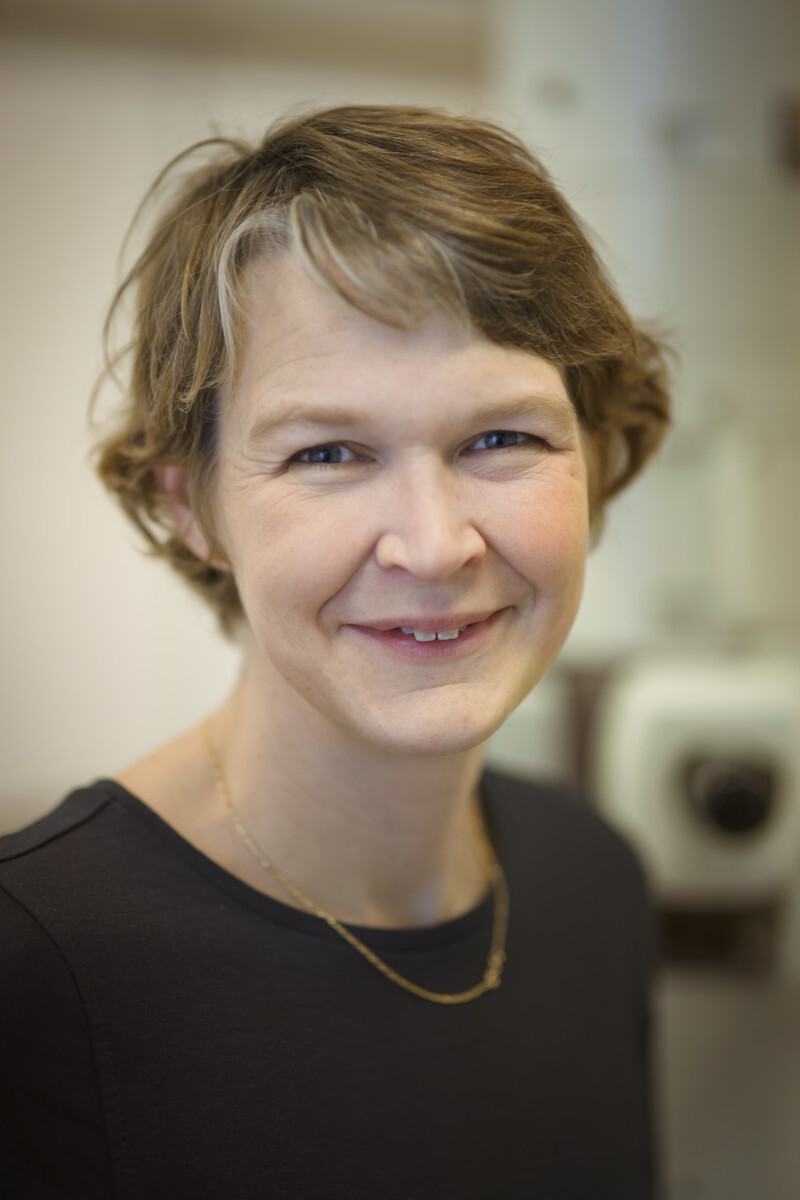The Cryo-EM platform receives grant from the Swedish Research Council
New grants from the The Swedish Research Council will allow SciLifeLab platforms and units to double screening capacity, acquire high-end instruments and conduct large scale clinical trials. Linda Sandblad, Platform Scientific Director at the Umeå node of the Cryo-EM SciLifeLab Infrastructure Unit, MIMS Team Leader, applied for the grant to expand the screening resources, and will receive 22,5 million SEK.

Note: This article originally appeared on the SciLifeLab and MIMS websites: https://www.scilifelab.se/news/151-million-grants-improves-scilifelab-services?utm_campaign=nyhetsbrev&utm_medium=email&utm_source=apsis
151 million SEK grants will vastly improve SciLifeLab platform services
New grants from the The Swedish Research Council will allow SciLifeLab platforms and units to double screening capacity, acquire high-end instruments and conduct large scale clinical trials. In this Q&A we check in with platform directors to get an idea of what is coming.
SciLifeLab platforms and units have as part of the call Grant for investment in existing research infrastructure received 151 million SEK from The Swedish Research Council (Vetenskapsrådet) – Sweden’s largest governmental research funding body, that “supports research of the highest quality within all scientific fields”. As a comparison, the core funding of SciLifeLab’s entire national research infrastructure was 217 million SEK in 2021. So, how will the platforms and units use this, quite substantial, sum of money? We asked the three SciLifeLab-related applicants that received the highest grants to tell us about their hopes and aims with the new funding.
Linda Sandblad, Platform Scientific Director at the Umeå node of the Cryo-EM SciLifeLab Infrastructure Unit, MIMS Team Leader, applied for the grant to expand the screening resources, and will receive 22,5 million SEK.
Cryo-EM
Linda Sandblad, Platform Scientific Director at the Umeå node of the Cryo-EM SciLifeLab Infrastructure Unit, applied for the grant to expand the screening resources, and will receive 22,5 million SEK.
How did you feel when you found out that you got this grant?
I was super happy, since this application is the result of excellent collaborations and long-term facility establishment and strategic planning. The user group at Umeå University is growing, WCMM group leader and affiliated MIMS researcher Lars-Anders Carlson, SciLifeLab cryo-EM fellow and MIMS Group Leader Jonas Barandun and I, have worked together with the facility to enable higher cryo-EM data collection capacity and more opportunities for PhD student and postdoc training at the cryo-EM instruments. Since around a year back, we have together applied for grants to fund the microscopes and detectors needed. As a result, we are extremely thankful that not only VR but also SciLifeLab, Umeå University and the Kempe Foundations support us in the development of the Cryo-EM facility. We celebrated with lunch and cake in the garden together with the Cryo-EM users earlier this summer!
What do you plan to do with the funds?
The funds will be used for new cryo-EM instruments, we are just about to purchase a new 200 kV cryo-TEM for the Umeå node, which will serve as a national screening instrument. This is an important step for the extended National Cryo-EM Screening Network we have launched during 2021. At the same time both cryo-EM nodes, Umeå and Stockholm, will upgrade detectors and software at our current 300 kV Titan Krios instruments to improve image recording speed and facilitate applications such as single particle and tomography. Part of the funds will also be used to enable micro crystal electron diffraction (MicroED) at both nodes.
How will this change/upgrade the national services?
During the last 5 years the Cryo-EM unit has delivered access to cryo-EM data collection to the Swedish research community, it has become very popular, produced very cool results and beautiful molecular structures. More and more PhD students and postdocs like to learn cryo-EM, to prepare samples, plunge freeze and screen for a perfect cryo-EM grid suitable for high resolution data collection. Screening takes time and requires both facility support and access to a dedicated cryo-EM microscope with an autoloader. We have good access to high end data collection, but screening has been a bottleneck. With the National Cryo-EM Screening Network, screening will be possible at several universities, closer to the user groups. In Umeå we will with this grant be able to double our cryo-EM capacity for both screening and data collection. It will give more opportunities for local students and postdocs to be involved, hands on, with cryo-EM operation and data collection.
This Cryo-EM facility upgrade package also includes upgrades of detectors to improve image acquisition speed and facilitate applications such as single particle, tomography and micro crystal electron diffraction (microED) at both nodes. The new detectors are important for ongoing technology development projects; we are currently pushing MicroED data acquisition methods and workflow establishment for correlative fluorescence and cryo electron tomography forward. Many users are already involved in the technology development, which is closely tied to their research questions, and it will hopefully lead to new skills and facility routines. We believe cryo-EM imaging is valuable for further chemistry and cell biology projects.
What does this mean for your unit?
Directly we can more than double the cryo-EM data collection capacity for 2022. To receive a big grant also has an impact on additional levels: It is a great motivation for both facility users and staff to know that we have the possibility to work at the cutting edge of technology. It is fun to be an attractive facility and to offer the users the best possible infrastructure to be internationally competitive with their research. It is inspiring to see new students and postdocs approaching their dreams, to learn new methods and have the possibility to work with very cool instruments!